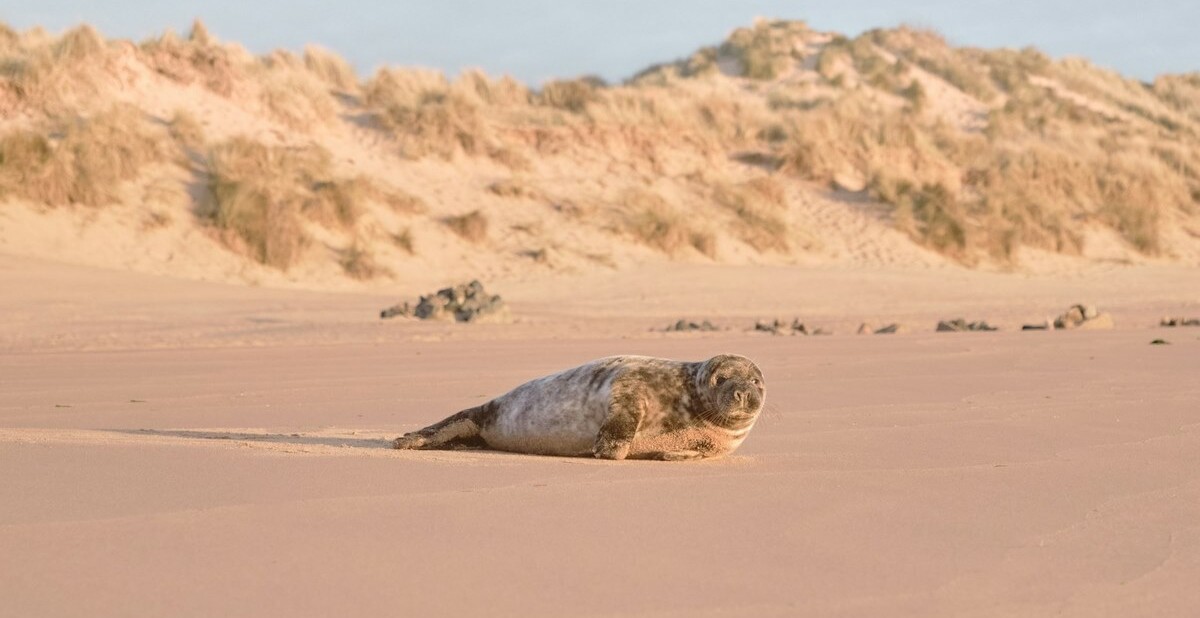Grey seal colonies are flourishing along England’s east coast after being absent or scarce for years.
Thousands of pups are born every year along breaches that are closed to the public in winter, something which one ‘seal warden’ described as Britain’s greatest “wildlife safari.”
Even though lower England is one of the most densely populated regions on the planet, there are places one can see megafauna gather in numbers one would expect to see in Africa.
The 10-mile beach at Orford Ness in Suffolk, and Horsey beach 50 miles north in Norfolk teem with these big grey and white lumps during the November-January breeding season. By Christmas day, 1,200 seal pups had been born at Horsey, a number expected to grow by 2,500 before the breeding season ends.
At Orford Ness, their return came out of nowhere. Back in 2021, along a beach that belongs to England’s National Heritage Trust and where Cold War-era weapons were tested, the norm was to see zero seals. Then, one day, everything changed.
“One day, there were none, and the next day there were 200,” says Matt Wilson, a countryside manager for the trust. “Since then, they’ve come back each year, and the juveniles have stayed.”
This year, 600 pups were born on the beach, and according to seal conservationists, the current pup mortality rate is lower than the birth rate.
Storms are significant mortality events as they blow pups out to sea, and part of a grey seal‘s normal behavior is to waddle up beaches to shelter behind vegetated dunes. To that end, Friends of Horsey Seals, a local volunteer wildlife charity, has fenced off a section where the colony can escape to in the event of bad weather.
According to Wilson and others speaking with the Guardian, the rapid increase in the grey seal population may be down to the presence of offshore wind farms. These structures offer ample space for mollusks and bivalves to glom on, more strongly anchoring the marine food web.
Another cause might be cleaner water resulting from reductions in pollution along non-tourist beaches observed in the last 10 years.
This article by Andy Corbley was first published by The Good News Network on 2 January 2025. Lead Image: A grey seal in Scotland – Photo by Kevin Mueller on Unsplash.
What you can do
Wildlife continues to face threats from overexploitation in the form of poaching and illegal trade in animal products, as well as a rapidly changing climate.
Due to existing conditions, 70% of all animal and plant species are at risk of extinction by 2050.
Help to save wildlife by donating as little as $1 – It only takes a minute.







Leave a Reply